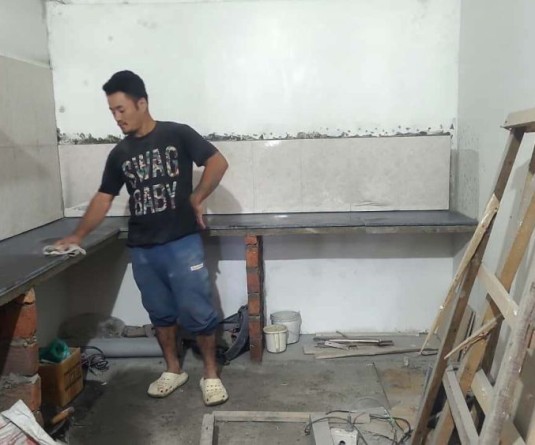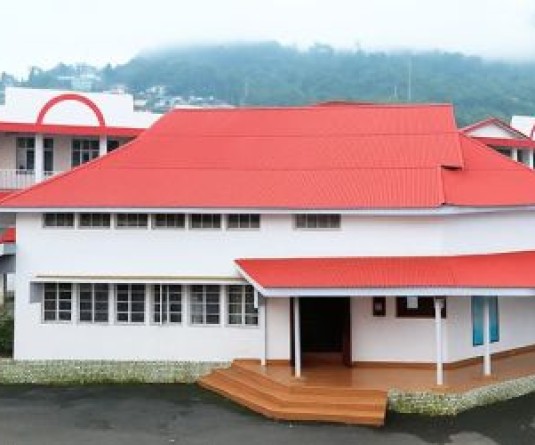North East Institute of Social Sciences and Research, Chümoukedima organised a sustainable city model presentation on April 7.

Chümoukedima, April 10 (MExN): In celebration of World Health Day 2025 and Sustainable Development Goal 11 (SDG 11), the North East Institute of Social Sciences and Research (NEISSR), Chümoukedima organised a sustainable city model presentation and drawing-painting competition on April 7.
The trainees of Community Development Specialization at NEISSR held the model presentation event based on the theme “Sustainable Cities and Communities”, aligned with SDG 11.
Under the guidance of Dr Toli H Kiba (Assistant Professor, NEISSR), the event showcased the ideas of four student groups, stated a press release received here.
Group 1 introduced Suryanagar, a compact yet smart city model spanning 10 square kilometers, designed to support a population of around 15,000 people. Key features included solar-powered street lights, wind turbines, and eco-friendly public buildings. Suryanagar also included green parks, solar-powered factories, and waste segregation zones, demonstrating how small communities can adopt smart and sustainable practices.
Group 2 presented Eco-City, an innovative urban concept aimed at modernizing infrastructure while keeping sustainability at the core. Their model incorporated eco-conscious designs for malls, schools, offices and homes, enriched with green spaces and powered by renewable energy sources such as windmills and solar panels.
Group 3 focused on long-term sustainability with a city model that included renewable energy, a dual water supply system, and efficient waste management practices, including recycling units and incinerators. Their layout featured essential facilities such as hospitals, schools and a signal-free metro transportation system, all designed to meet the present and future needs of city dwellers.
Group 4 explored urban planning through the lens of the Multiple Centres Theory, distributing residential, industrial, and commercial facilities across several urban nodes. Their model emphasized decentralized planning, the integration of waste segregation units, and water storage systems. This approach offered a vision of functional, resilient cities promoting balanced development and improved quality of life.
Later, the Red Ribbon Club of NEISSR commemorated World Health Day 2025 by organizing a drawing and painting competition with the theme “Healthy Beginnings, Hopeful Future.” The artworks were evaluated by a panel of judges and the winners were honoured with certificates and prizes.






